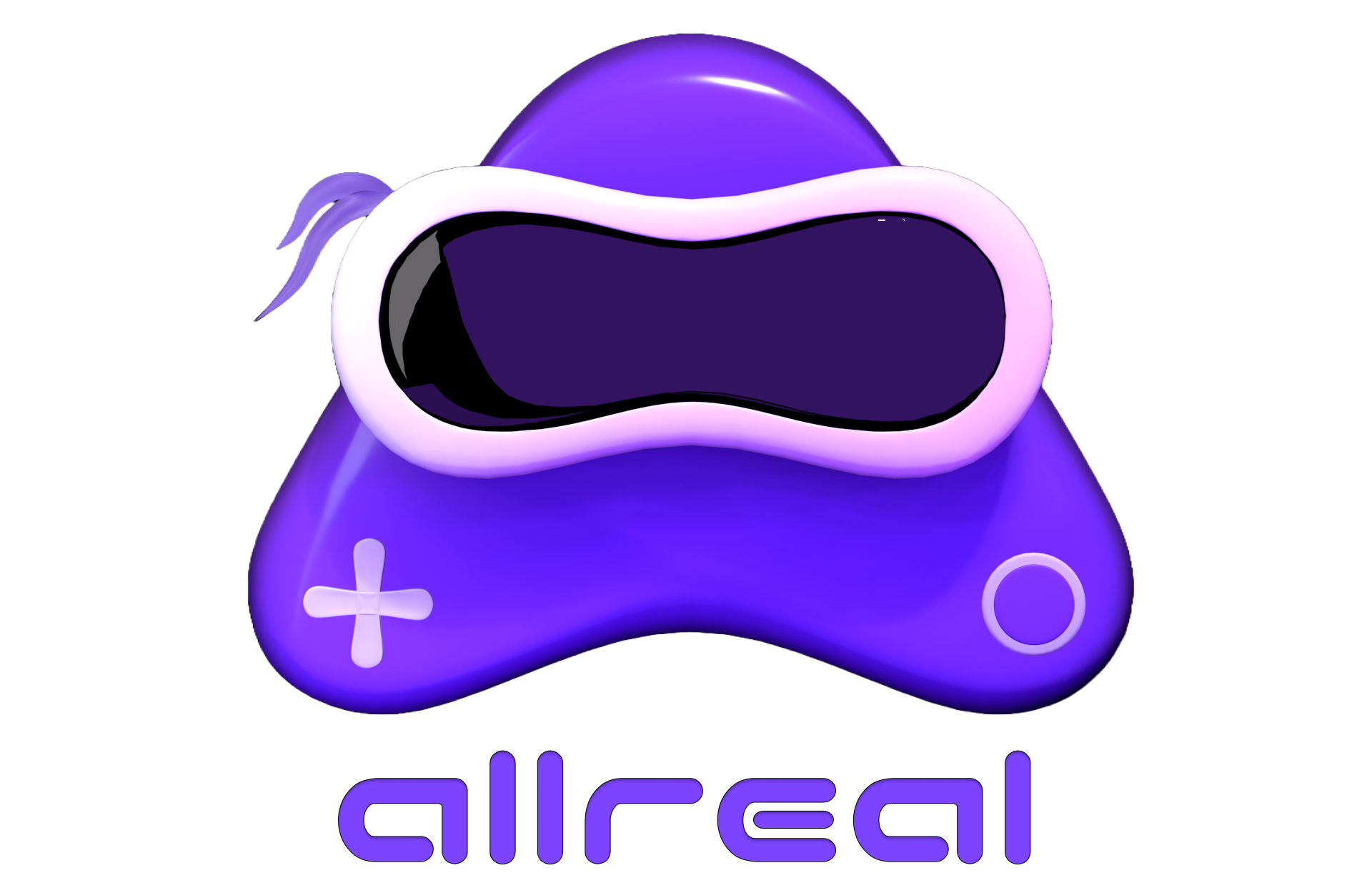The world of education is changing faster than ever, and we’re entering a new age of learning, driven by exciting technologies like Augmented Reality (AR) and Virtual Reality (VR). Picture yourself walking through a 3D model of the human heart, seeing every valve and artery up close, or traveling back in time to Ancient Egypt to experience history in real life. This isn’t science fiction anymore—it’s the future of learning.
In this blog, we’ll explore how AR and VR are revolutionizing the way students learn and engage with information. From interactive simulations to virtual classrooms, the potential for immersive learning is limitless.
What Is Immersive Learning?
Immersive learning uses AR and VR technologies to create engaging, interactive experiences that deepen understanding and improve retention. Instead of passively consuming information from textbooks, students can now “step into” a subject, making learning more dynamic, memorable, and fun.
The Power of Augmented Reality in Education
AR blends the digital world with the physical, allowing students to interact with virtual elements in real-time environments. It’s like adding a layer of magic over everyday life.
For example, AR apps can overlay 3D models of the solar system onto a student’s desk, allowing them to zoom in on individual planets and moons. It can turn biology lessons into interactive dissections without the mess, where students explore anatomy through AR-enabled textbooks. AR brings learning to life, transforming abstract concepts into tangible experiences that students can manipulate and explore.
AR in Classrooms: A Game-Changer
AR is ideal for enhancing classroom lessons, making complex subjects like geometry, chemistry, and geography more accessible and engaging. Teachers can use AR to create visual, interactive lessons that help students grasp difficult concepts faster. Additionally, AR’s ability to cater to different learning styles makes it an inclusive tool that benefits all students, whether they learn better visually, auditorily, or kinesthetically.
Virtual Reality: A New Dimension in Learning

If AR adds a layer of digital content to the real world, VR immerses students in a fully virtual environment, where they can interact with their surroundings as if they were physically present. The potential for education is profound.
Imagine taking a geography lesson inside a VR headset that transports students to the Amazon Rainforest or the Great Wall of China. In these immersive environments, students can explore, ask questions, and even engage with virtual experts. By immersing students in real-world or fantastical settings, VR turns lessons into experiences that leave lasting impressions.
Virtual Classrooms: Learning Without Limits
One of the most exciting uses of VR in education is the creation of virtual classrooms. Students can attend class from anywhere in the world, interacting with teachers and classmates in a fully virtual space. This opens the door to global collaboration, where students from different countries and cultures can learn together. Moreover, virtual classrooms can simulate real-life scenarios, such as medical procedures or engineering tasks, giving students practical experience in a safe, controlled environment.
Benefits of AR and VR in Education
1. Enhanced Engagement
Interactive and immersive experiences are far more engaging than traditional lectures or textbooks. With AR and VR, students can explore subjects in a hands-on, interactive way, keeping them more focused and motivated to learn.
2. Deeper Understanding
Complex subjects like physics, biology, or history can be difficult to visualize. Immersive technologies help break down these concepts, making them easier to understand and retain. Seeing, experiencing, and interacting with content in 3D leads to deeper comprehension.
3. Personalized Learning
Both AR and VR allow for tailored learning experiences. Teachers can adjust the pace and content to meet individual students’ needs, making education more personalized and effective.
4. Safe Practice for High-Stakes Skills
In fields like medicine, engineering, or aviation, VR simulations allow students to practice high-stakes tasks in a risk-free environment. Aspiring surgeons, for instance, can rehearse complicated procedures without any consequences for patient safety.
5. Increased Accessibility
For students with disabilities or those living in remote areas, AR and VR open up new learning opportunities. Virtual classrooms break down geographical barriers, while immersive simulations make education more inclusive and adaptable.
Challenges of Implementing AR and VR in Schools
While the benefits of AR and VR in education are undeniable, there are still challenges to widespread adoption. The cost of AR and VR hardware and software can be prohibitive for many schools. Additionally, teachers require specialized training to effectively integrate these technologies into their lessons.
However, as the technology becomes more affordable and accessible, we can expect these barriers to diminish over time. The key is for educational institutions to see the value in investing in immersive learning technologies and to provide ongoing support for teachers.
The Future of Immersive Learning
We’re just scratching the surface of what AR and VR can do for education. As technology advances, we’ll see even more immersive and interactive learning experiences that make education more engaging, effective, and accessible for everyone.
Whether it’s through AR’s ability to bring textbooks to life or VR’s potential to transport students to different worlds, immersive learning is poised to redefine education as we know it. The next generation of students won’t just learn about the world—they’ll experience it.
Conclusion
Augmented and Virtual Reality are not just trends in education; they’re transformative tools that can make learning more interactive, inclusive, and impactful. As these technologies continue to evolve, so will the ways we educate future generations, offering them opportunities to engage with knowledge in unprecedented ways. Immersive learning is no longer a futuristic dream—it’s here, and it’s revolutionizing the classroom.
Let’s embrace this exciting transformation and prepare students for a future where learning has no boundaries.

